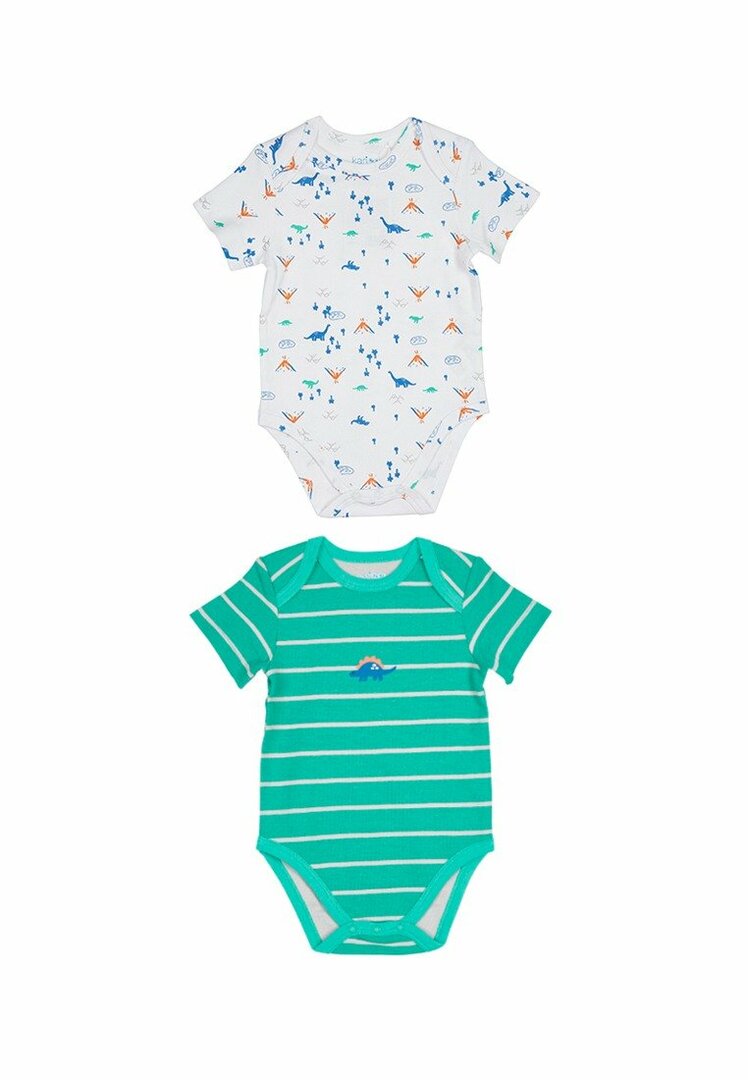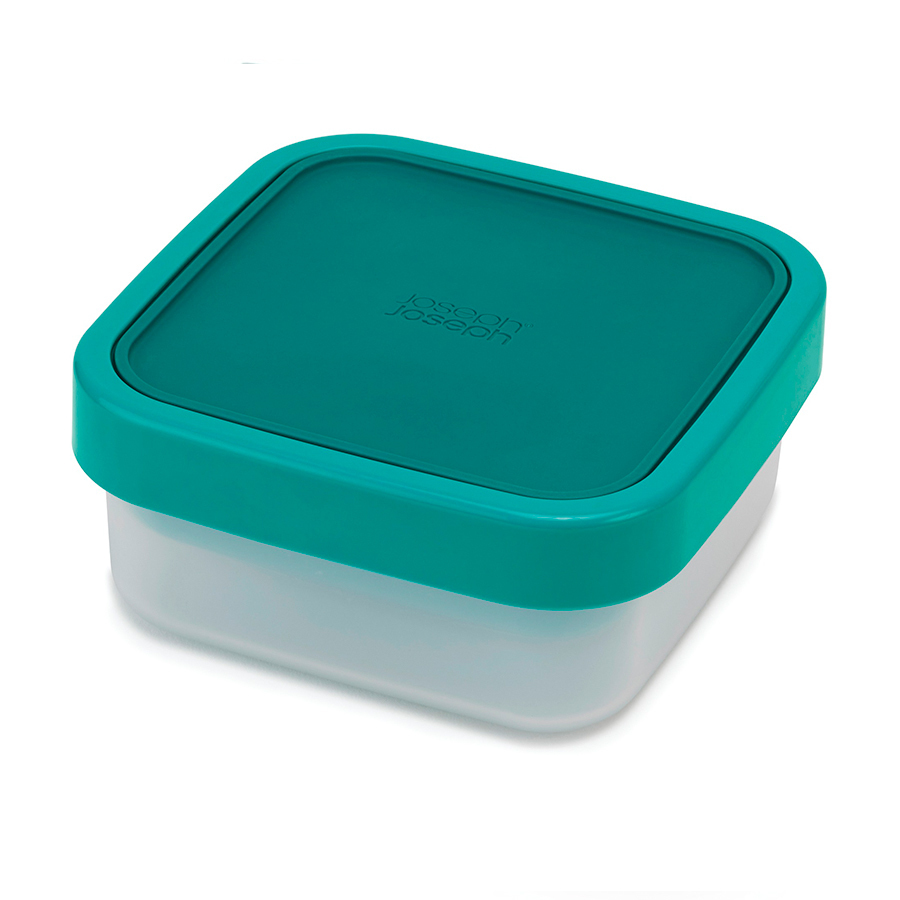 The US dollar is one of the main reserve currencies and the most popular means of payment in the world. The appearance of gray-green notes is known to everyone, but the origin, history and conversion of the dollar is associated with many interesting facts.
The US dollar is one of the main reserve currencies and the most popular means of payment in the world. The appearance of gray-green notes is known to everyone, but the origin, history and conversion of the dollar is associated with many interesting facts.
For example, the size of US dollar notes does not depend on the face value, and the cost of making one note is 5.7 cents. Other entertaining details we gathered in today's Top 10 interesting facts about the US dollar.
Contents:
- 10. The denomination of the largest banknote in dollars is 100 thousand
- 9. Dollars are printed according to the standard of 1929
- 8. Dollars unusually wear-resistant
- 7. Every day there are 35 million banknotes of
- 6. Each coin and banknote hasinscription "In God We Trust"
- 5. The most common banknote is $ 1
- 4. Materials for dollar production - linen and cotton
- 3. The word "dollar" comes from the German "Taler"
- 2. The slang word "bucks" comes from the nameDeer skins
- 1. US dollar - the official currency is not onlyin the United States
10. Denomination of the largest bills in dollars - 100,000
 -thousandth banknotes were in circulation until 1969.President Richard Nixon limited the capabilities of the printing press by setting the upper limit for the denomination of banknotes - $ 100.By the way, the hundred thousand bills issued before 1969 can be exchanged for those that are in circulation by contacting the Federal Reserve System.
-thousandth banknotes were in circulation until 1969.President Richard Nixon limited the capabilities of the printing press by setting the upper limit for the denomination of banknotes - $ 100.By the way, the hundred thousand bills issued before 1969 can be exchanged for those that are in circulation by contacting the Federal Reserve System.
9. Dollars are printed according to the standard of 1929
The appearance of the most famous bills in the world was approved back in 1929.Then it was established that on the front part there is a portrait, and on the reverse side - monuments of history, architecture and nature. By the way, the women's portrait on dollars came only once - in 1886.On a $ 1 note, Martha Washington was portrayed.
8. Dollars unusually wear-resistant
Modern banknotes withstand more than 4 thousand flexions without breaking. Although each banknote has its own service life: for $ 100 - 5 years, and for $ 20 - only 25 months. The logic is simple - denominations of a smaller denomination are more likely to pass from hand to hand and wear out more.
7. Every day 35 million banknotes of
are issued. Fresh and crisp US dollars are issued daily. About 35 million banknotes of different denominations are meant to replace worn ones. If the denominations are summed, it turns out that every day the States print money for about $ 635 million. True, almost the same amount daily worn out bills are withdrawn from circulation.
6. On each coin and banknote there is the inscription "In God We Trust"
 For the first time the inscription "We hope and trust in God" appeared on American coins as far back as 1864.And only a hundred years later the law fixed the mandatory presence of the legendary inscription on all banknotes without exception.
For the first time the inscription "We hope and trust in God" appeared on American coins as far back as 1864.And only a hundred years later the law fixed the mandatory presence of the legendary inscription on all banknotes without exception.
5. The most common banknote is $ 1
About half of all printed banknotes are banknotes of 1 dollar value. But two-dollar bills were last published in 2003 and are gradually out of circulation.
4. Materials for the production of dollars - linen and cotton
The paper, which prints dollars, includes 25% of flax, 75% of cotton and the smallest synthetic fibers in a small amount. These fibers have a blue and red color and are visible throughout the surface of the bill. Approximate weight of a banknote is 1 gram.
3. The word "dollar" came from the German "Taler"
The first name of the "dollar" was not the American money, but the Scottish coin, which was in circulation from 1567 to 1571.In America, thalers, who gave the name to dollars, were brought by Dutch settlers. The name "dollar" was officially assigned to the American currency in 1794.
2. The slang word "bucks" comes from the name of deer skin
In English, the deer male skin is buck. These skins were almost the main subject of trade with the Indians, who gladly changed them to "fire water", salt, cartridges, etc. There is also a version linking bucks to the name of the ancient god of Bacchus winemaking.
1. US dollar is the official currency not only in the States
 The national currency of the United States is official in such states as El Salvador, East Timor, Ecuador, Zimbabwe and the Marshall Islands. And in Guam, Palau and Puerto Rico, US dollars are legally traded along with local currencies.
The national currency of the United States is official in such states as El Salvador, East Timor, Ecuador, Zimbabwe and the Marshall Islands. And in Guam, Palau and Puerto Rico, US dollars are legally traded along with local currencies.



